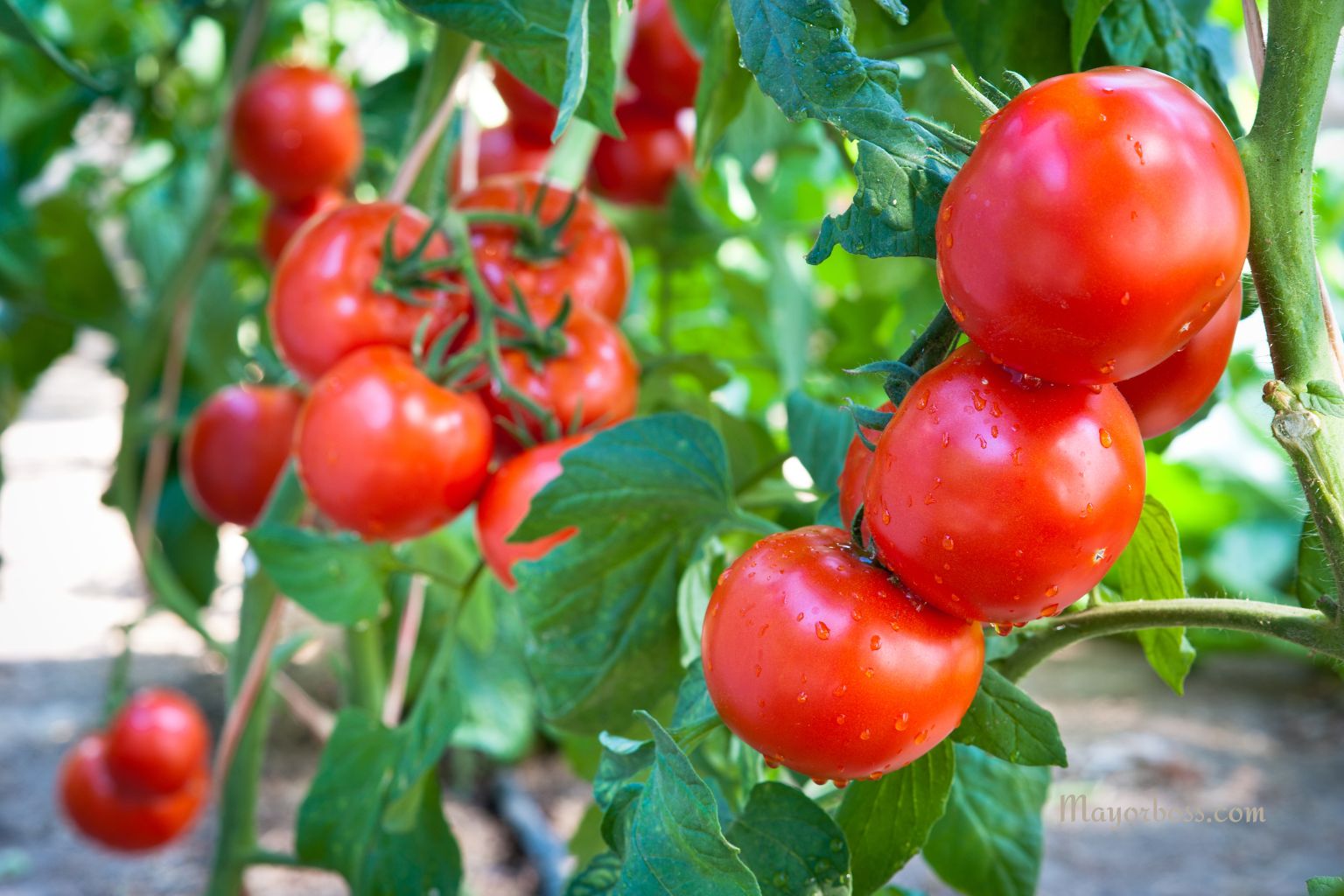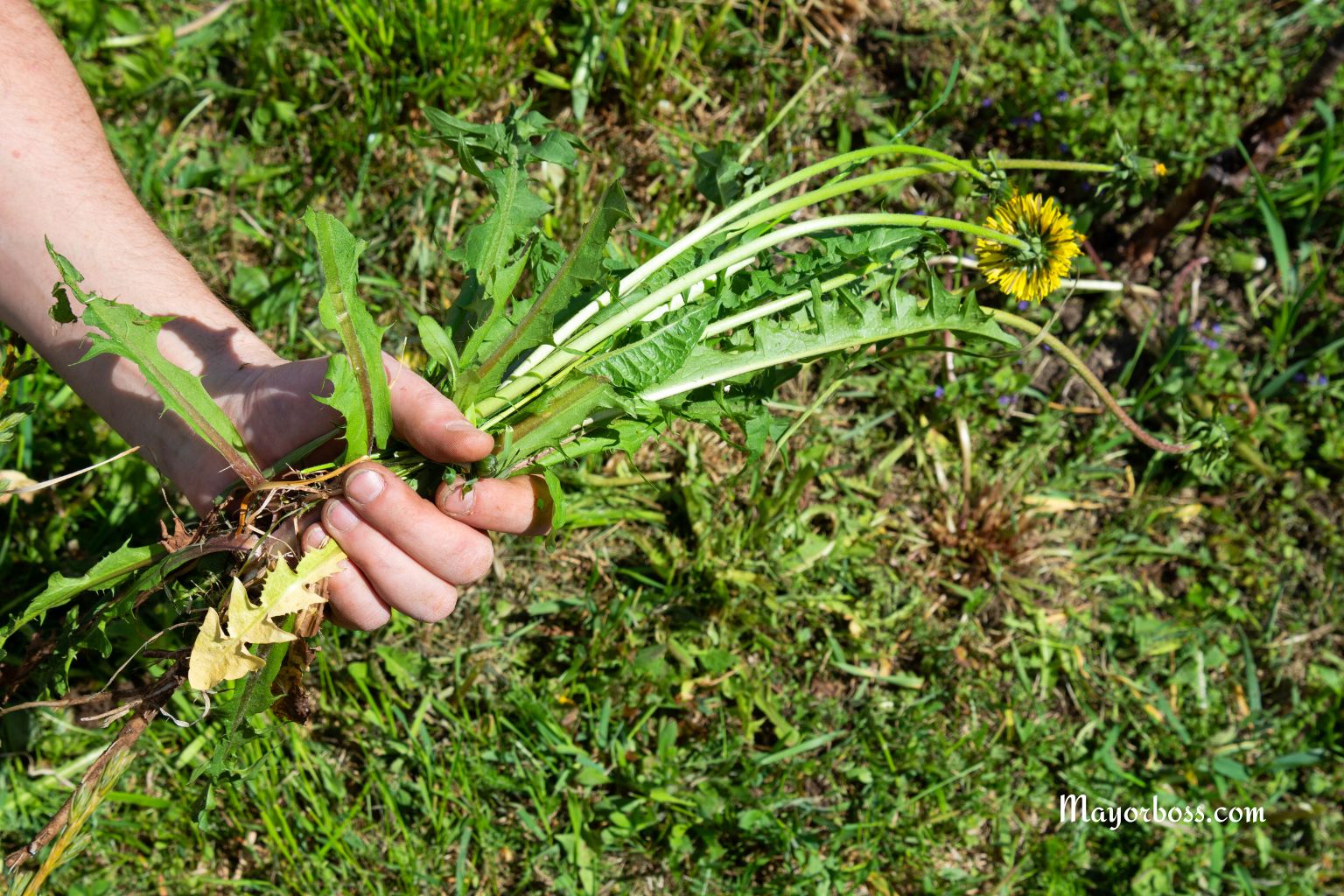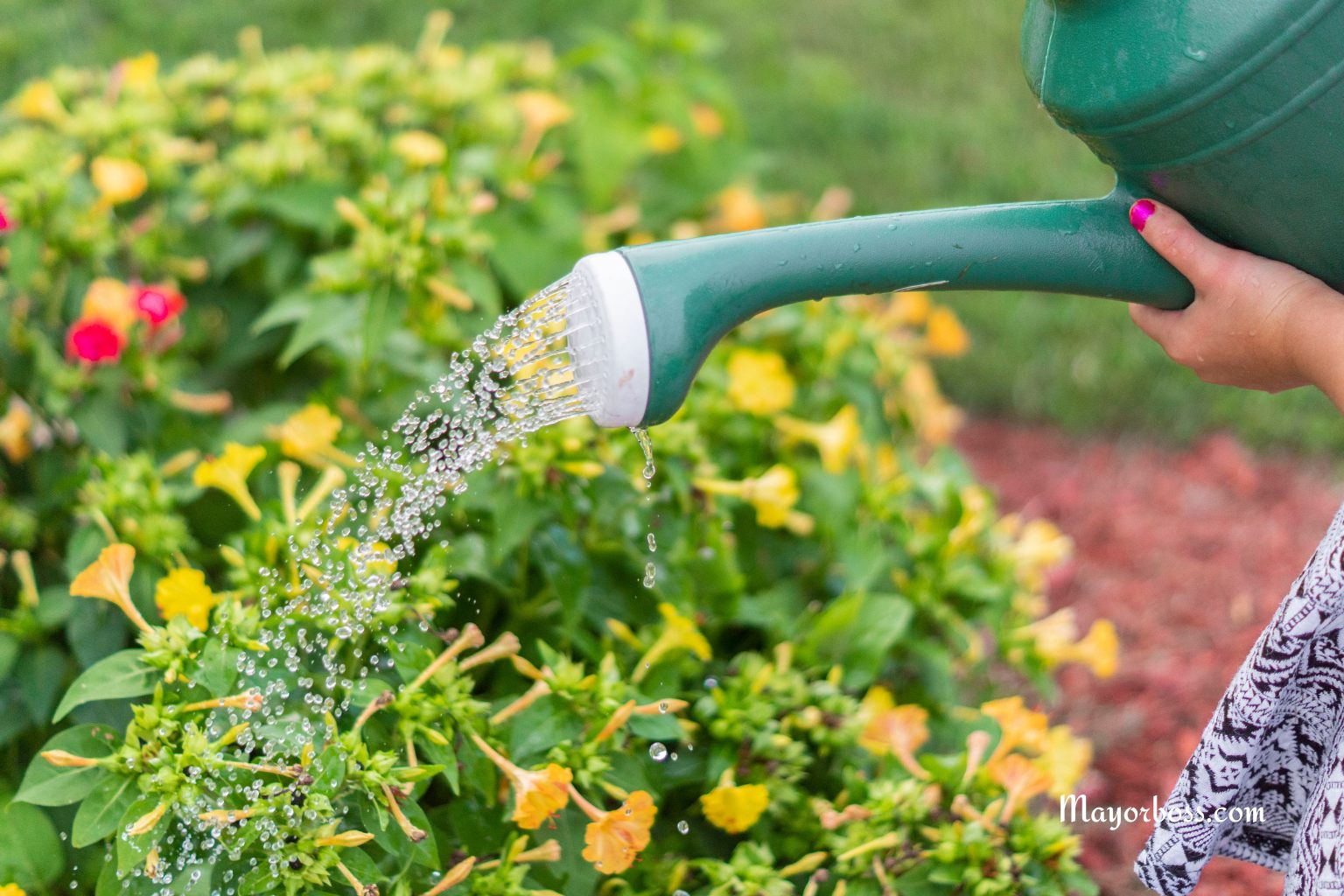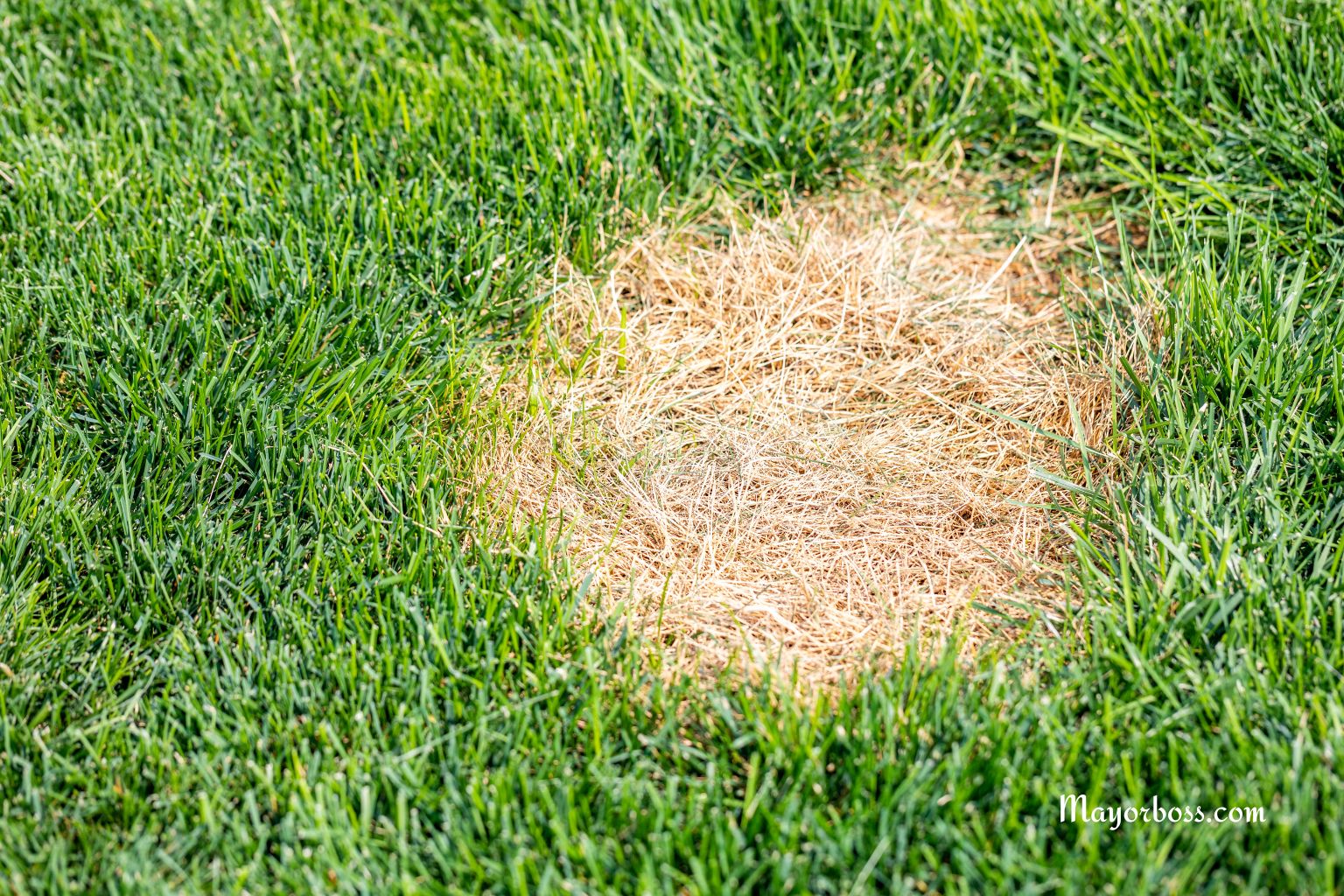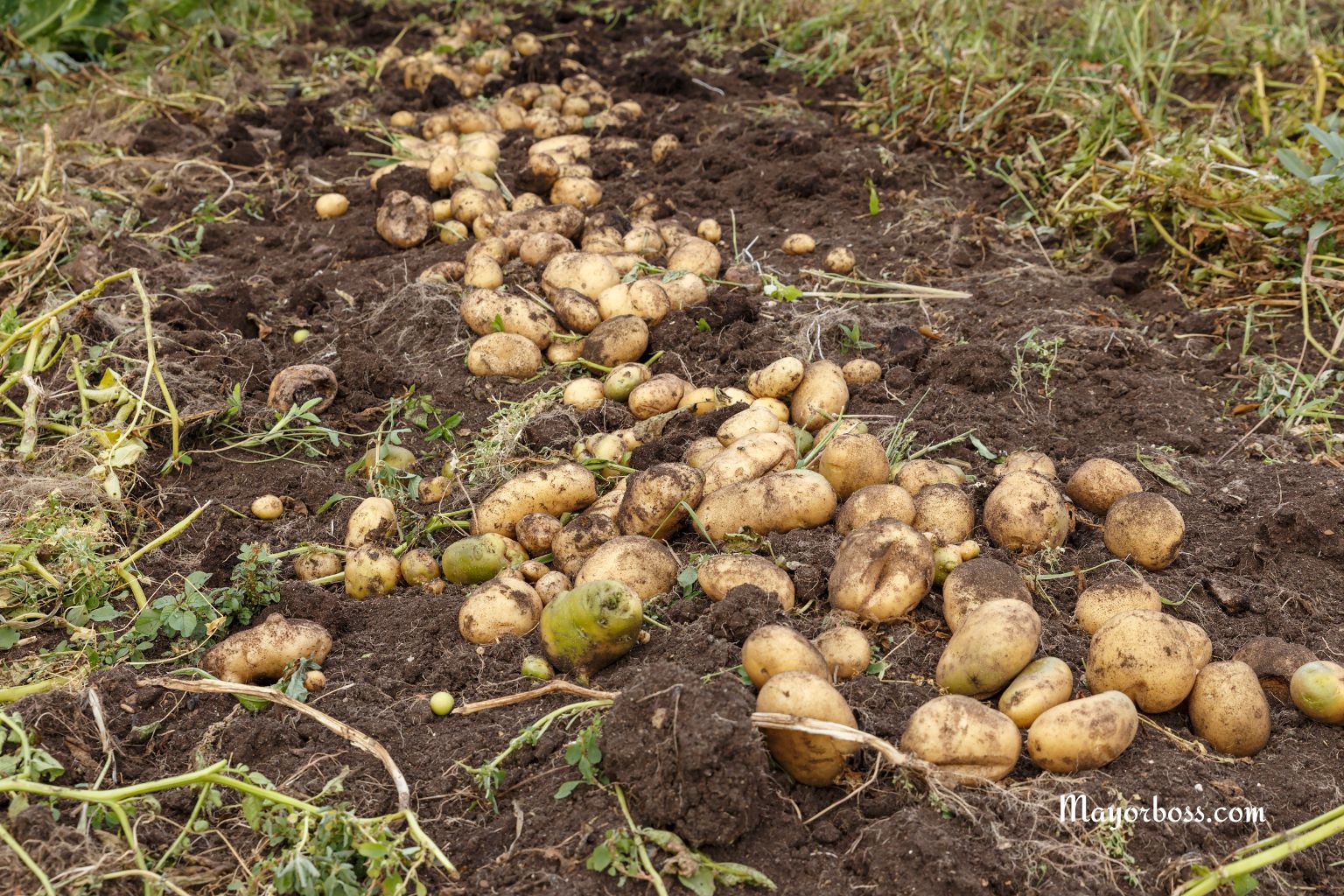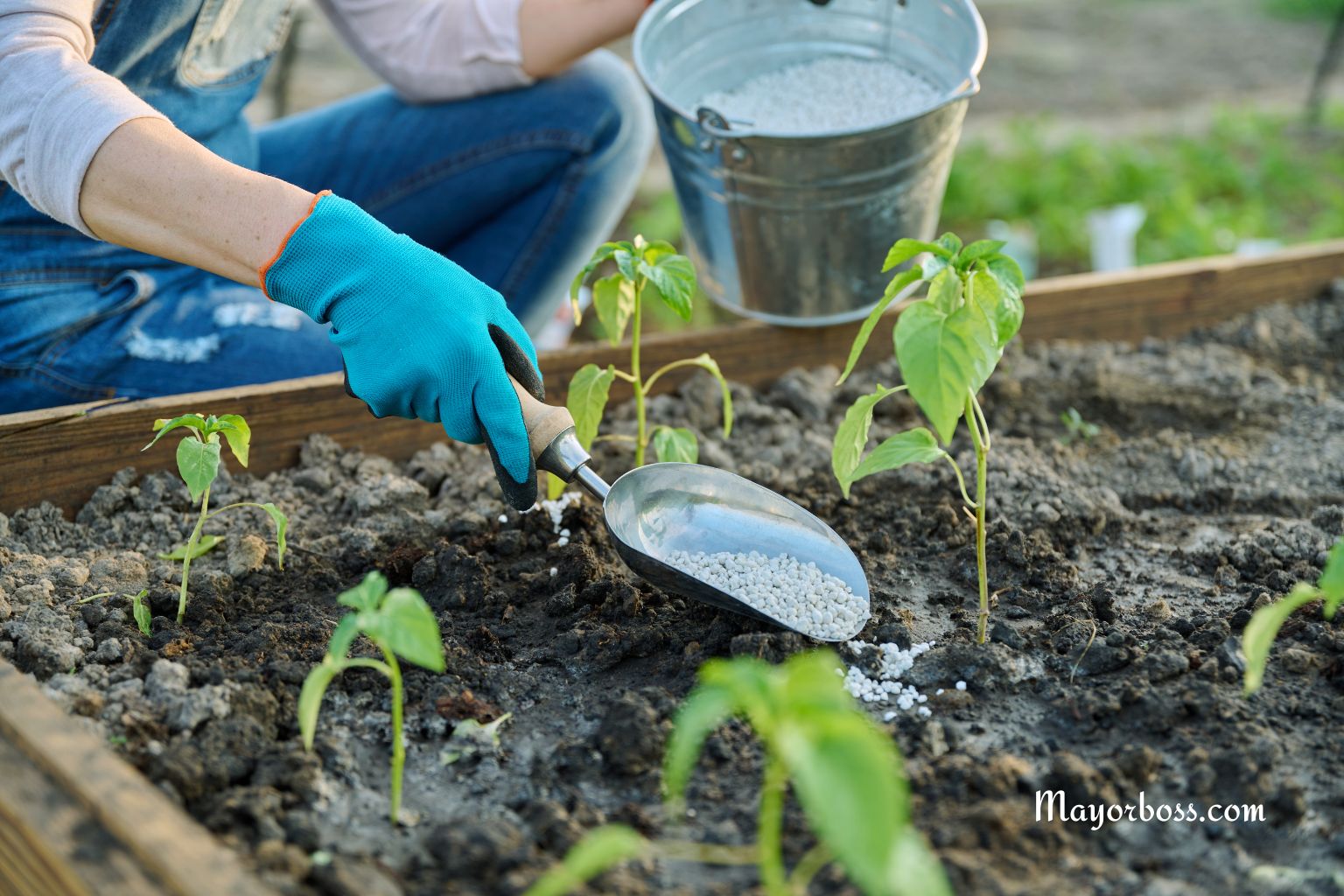Stop Removing Tomato Suckers—Try This Smart Gardening Tip Instead
You don’t have to remove tomato suckers to get healthy, productive plants. Instead, try managing them with targeted pruning and smart support. This method allows for better airflow, reduces disease, and maximizes your tomato harvest—all while saving you time and effort.
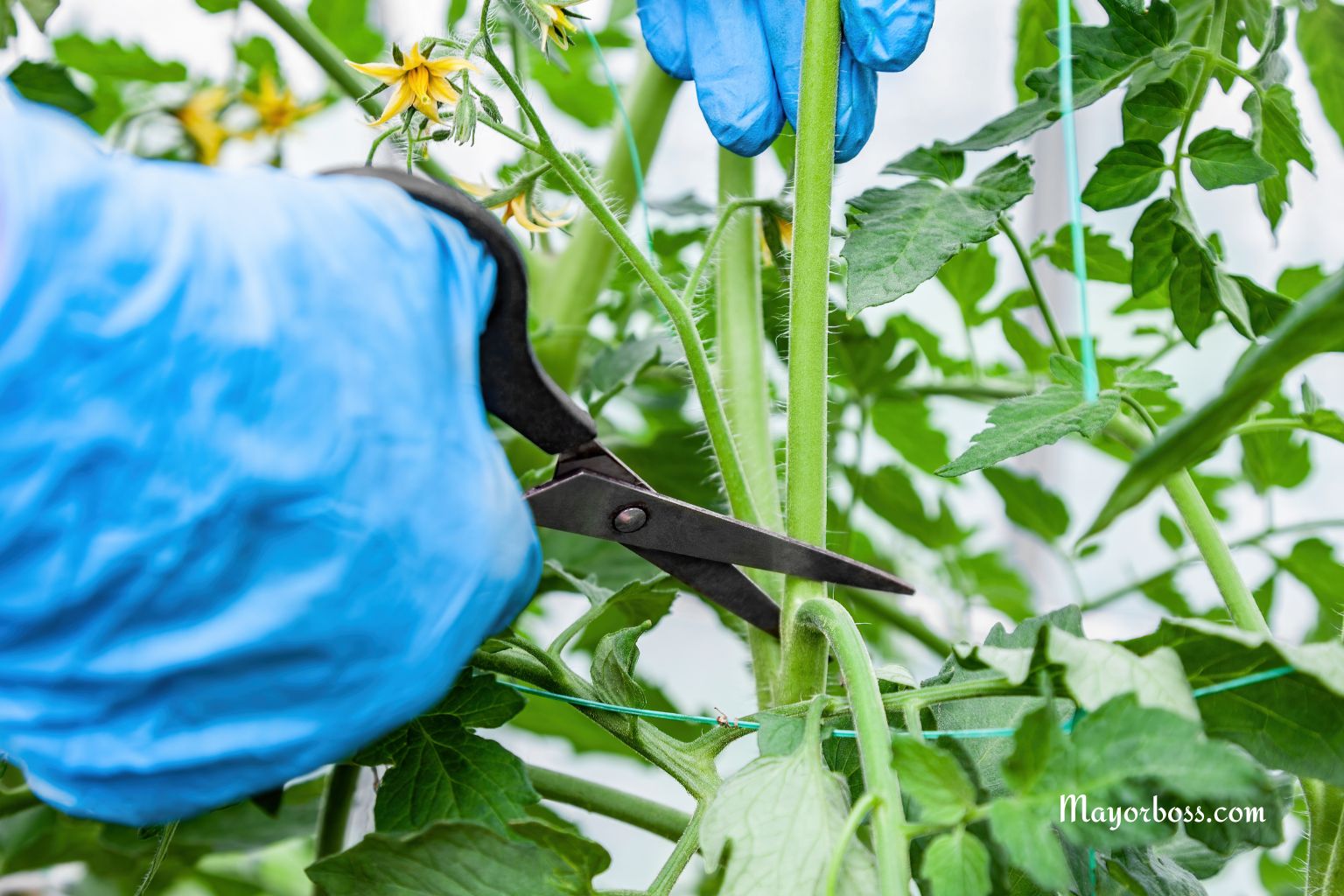
What Are Tomato Suckers?
If you have grown tomatoes, you’ve probably noticed the small shoots that pop up between the main stem and the side branches. These are called “suckers.” Gardeners often hear advice to pinch off these suckers right away. The reason? Some believe that removing suckers helps the plant focus energy on fruit production.
But here’s what many people don’t realize: Suckers are not simply “wasteful.” Left unchecked, they can become productive branches that bear fruit themselves. It’s not always necessary to remove every sucker. In fact, with the right approach, you can use suckers to your advantage.
What Happens If You Leave Suckers Alone?
Let’s step into the mind of a tomato plant. Suckers are the plant’s way of reaching for more sunlight and producing more fruit. When you remove every sucker, you force the plant into a single main stem, limiting its natural growth pattern.
If you leave suckers to grow, your plant will become bushier. This can lead to a larger number of tomatoes, although they may be slightly smaller. It’s a trade-off—more fruit, but sometimes a bit less size.
Why Removing Suckers Isn’t Always Necessary
Many experienced gardeners no longer remove all their tomato suckers. Here’s why:
- Bushier Plants Can Yield More Fruit: Each sucker has the potential to become a fruit-bearing branch.
- Reduced Risk of Sunscald: Dense foliage can protect tomatoes from direct sun, preventing scalding.
- Stronger Plants in the Long Run: Suckers contribute to the plant’s natural architecture, helping it balance its own weight.
But that doesn’t mean you should ignore suckers completely. It’s about finding balance.
The Smart Approach: Selective Pruning
Instead of removing every sucker, consider this targeted strategy:
- Remove Only the Lowest Suckers: Early in the season, prune suckers from the bottom 10–12 inches of the plant. This helps air flow through the lower part, reducing disease risk.
- Let Upper Suckers Grow: Allow suckers higher up on the plant to grow. These branches will set fruit and create more canopy for shade.
- Thin When Needed: If your plant becomes too dense in the middle of summer, thin out a few suckers to prevent crowding. This encourages light to reach developing fruit.
Selective pruning gives you the best of both worlds—healthy plants with plenty of tomatoes.
Why Airflow Is Important
Tomatoes are prone to fungal diseases, especially when leaves stay wet for long periods. Removing the lowest suckers and a few interior branches improves airflow. Dry leaves are less likely to get infected. This simple action can keep your tomatoes healthy all season.
Support Is Key
Bushier plants with extra suckers need strong support. Try these options:
- Sturdy Stakes: Tie the main stem and large suckers to tall wooden stakes as the plant grows.
- Tomato Cages: Use wide, tall cages so branches (including suckers) are supported.
- String Trellises: For indeterminate varieties, run a strong string from the ground to an overhead support. Wind the plant and its suckers up the string.
Well-supported plants are less likely to break under the weight of heavy fruit.
Water and Feed for Success
Tomato plants with more branches need more resources. Here’s how to help them thrive:
- Water Deeply: Aim for one to two inches of water each week, more during hot spells.
- Feed Regularly: Use a balanced fertilizer or compost to supply nutrients, especially as the fruit forms.
- Mulch: Apply a layer of straw or wood chips around the base to retain moisture and prevent weeds.
Myths and Facts
“Will leaving suckers make my plant weak?”
No. As long as the plant is well-supported and cared for, allowing suckers to grow will not harm it. The plant will put energy into more branches and fruit, not less.
“Are suckers always a bad thing?”
Not at all. Suckers can boost your overall harvest, especially in areas with long growing seasons.
“Do I need to remove suckers on all tomato types?”
Bush (determinate) tomatoes need less pruning. Indeterminate (vining) varieties benefit most from selective pruning and support.
Final Thoughts
There is no need to stress over every sucker. With selective pruning and good support, you can grow healthy, productive tomato plants with less work and worry. Try this approach and see how your garden responds.
Frequently Asked Questions
1. What are tomato suckers?
Tomato suckers are shoots that grow in the joint between a branch and the main stem. They can become new branches and produce fruit.
2. Should I remove every tomato sucker?
No. Removing every sucker isn’t necessary. Instead, use selective pruning—remove some suckers, especially low ones, and allow others to grow.
3. Will leaving suckers harm my tomato plant?
No. Allowing suckers to grow will not harm a healthy, well-supported plant. It may result in more fruit.
4. Does this method work for all tomato varieties?
Selective pruning is best for indeterminate tomatoes. Bush (determinate) tomatoes need less pruning.
5. How can I support a bushier tomato plant?
Use sturdy stakes, wide cages, or string trellises to keep the plant upright and support extra branches.

